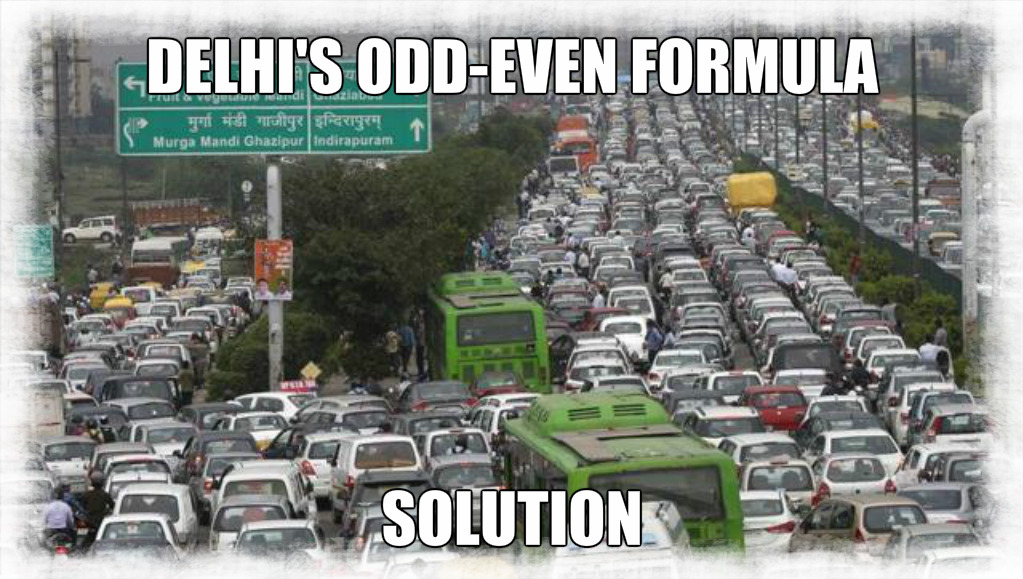Delhi’s state government hopes to cut pollution in the capital of India by restricting the number of vehicles on the Delhi roads for 15 days from 1st January — but there are challan for the violation of new rules.

From January 1st to 15th, those driving cars with license plates ending with an even number will only be allowed on the roads on even-numbered dates.
Those driving cars with license plates ending in an odd figure will be allowed on the roads on the other days. The rules apply from 8 a.m. to 8 p.m. Monday through Saturday and anyone caught breaking them will incur a 2,000 rupees challan.
Women driving alone or go with by children under the age of 12, are exempt, as are cars driven by the physically disabled.
Two-wheeled motors, basically motorcycles and scooters, as well as hybrid and electric cars and vans that run on compressed natural gas, will be allowed to drive without restriction.
This means that tens of thousands of green-and-yellow auto rickshaws and black and yellow taxis will run uninterrupted on Delhi roads.
Cars with diplomatic and defence ministry license plates, the army, police, and some officials’ cars, including those belonging to the president, vice president and prime minister’s convoys, will be allowed to move through Delhi whenever they choose. Transport department vehicles and paramilitary force motors will also have unfettered access to the roads.
As will cars ferrying members of Parliament, the chief justice of India, judges in the supreme and high courts and state chief ministers.
The rules don’t apply to emergency vehicles, including ambulances and fire engines, and hearses and prison vehicles are also not included.
Mr. Kejriwal said the government might consider adding motorcycles and scooters to the banned list if the experiment is a success and the odd-even driving rule re-imposed. This time around, there isn’t enough capacity in the public transport system to accommodate all the people who usually drive a motorcycle or scooter to work.

